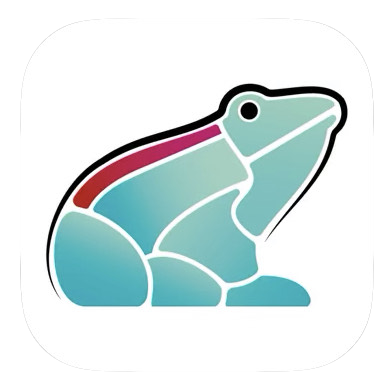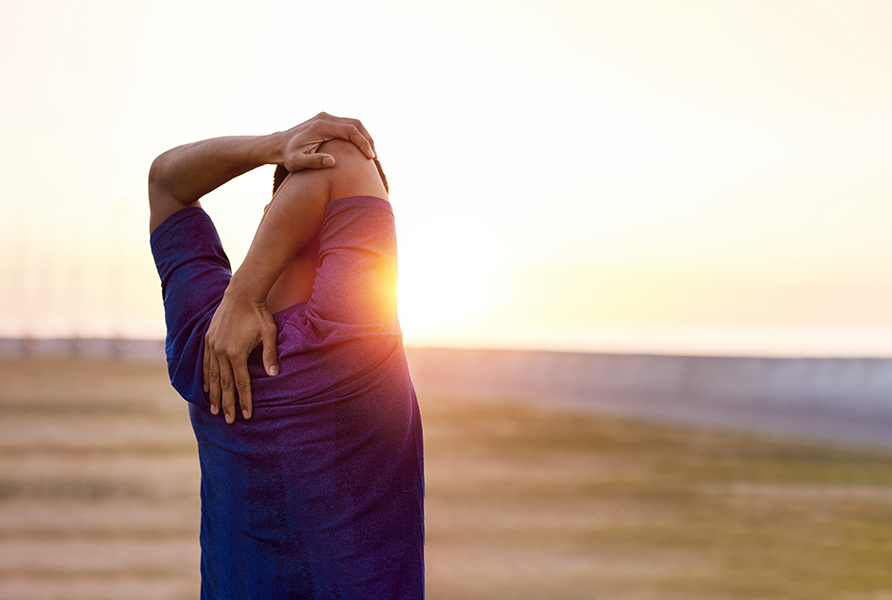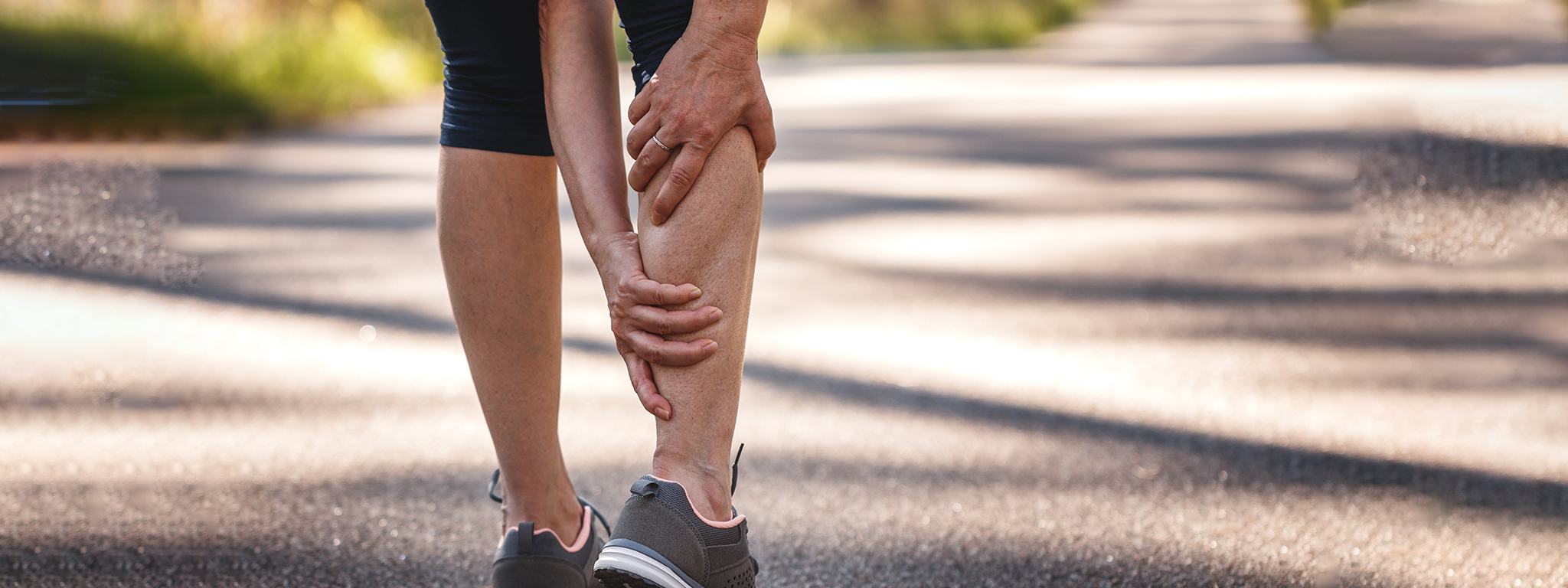
Tackling Discomfort: Calf Stretches
- Noah Soliman
Our calves are the foundation for lower body movement; they initiate our explosiveness and give us the power to sprint, leap, and change direction with speed. With such huge responsibility, they’re prone to endure post-exercise soreness and become tight throughout the day. Therefore, it is critical we incorporate a few calf stretches into our fitness routine – providing our lower body with the longevity to perform at high intensity for years to come. In this episode, we’ll dive into the brief anatomy of the calves, followed by their athletic applications and some calf stretches, to ensure you’re performing with the utmost comfort and confidence.
Understanding our Calves
- Gastrocnemius: Closer to the skin’s surface, this muscle contains two heads and is responsible for controlling the foot’s movement down and away from the body (foot plantarflexion).
- Soleus: The soleus is situated much deeper into the lower leg and is responsible for foot plantarflexion and contains a muscle pump to direct blood back to the heart.
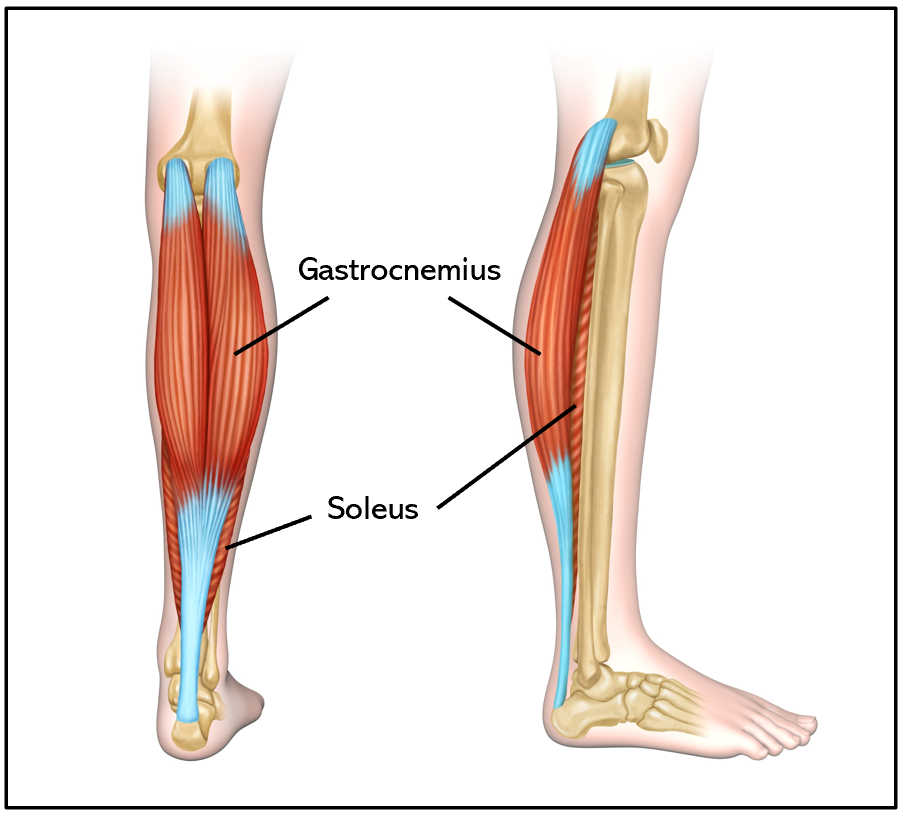
Both components of the calf are responsible for maintaining your standing posture – without them, you would likely fall forwards when attempting to stand!
Another muscle to consider in the lower leg is the tibialis anterior, which is located at the front and near the shin bone.
- Tibialis Anterior: Running down our entire lower leg, this muscle is primarily responsible for controlling the foot’s movement upwards and towards the body (foot dorsiflexion)
The common muscle injury ‘shin splints’ can be caused by overusing the lower leg extremities, such as the tibialis anterior.
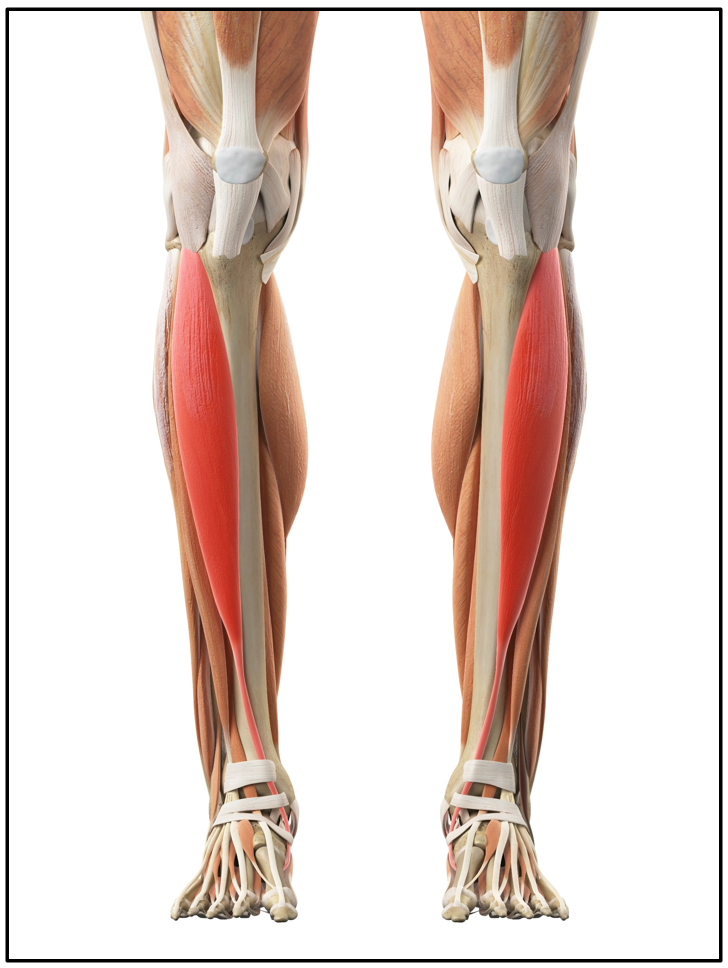
Athletic Applications of our Calves
Our calves provide a significant amount of propulsive force when we walk, sprint, and jump. They’re the first and last point of contact when we’re running or jumping, so have a huge responsibility to effectively absorb and expend the built-up force from our lower body. It is therefore crucial that our calves have the strength and flexibility to withstand this energy.
Research has suggested that muscles that are consistently lengthened (via stretching) become stronger – allowing them to withstand and transfer greater forces better. This signifies the importance of implementing some calf stretches into your fitness lifestyle.
For exercises that look to strengthen and lengthen your lower body muscles, check out PhysioFrog’s library of exercises
Here are more detailed descriptions of the calves’ mechanisms during athletic activity:
- Sprinting: As mentioned, your calves control your foot’s plantarflexion, which is the exact movement required to push your body off the ground in (a) crouch start (b) between strides. Contraction in the calves will see your foot flex downwards, whilst relaxing sees the opposite.
- Jumping: When your body is lower and you’re preparing to leap, your calves tense and stretch to provide the support for your ankles to lift off the ground. This support comes in the form of power to produce a strong propulsion.
PhysioFrog’s Best Calf Stretches
Now we have a strong understanding of the anatomy and responsibility of our calves, it should make performing them more motivating and rewarding.
Here are some of PhysioFrog’s best calf stretches to minimise discomfort and prepare for athletic activity:
- Leaning Heel Calf Stretch: This is a great exercise for releasing any surface-level tension in your calves. All you need is a wall!
How to Perform:
(1) Face a wall with your non-target leg bent in front and your target leg behind and straight.
(2) Distance from the wall should be of a length in which your arms are straight when placing your palms flat on the wall.
(3) Lean forward and feel a stretch in your target leg’s calves.
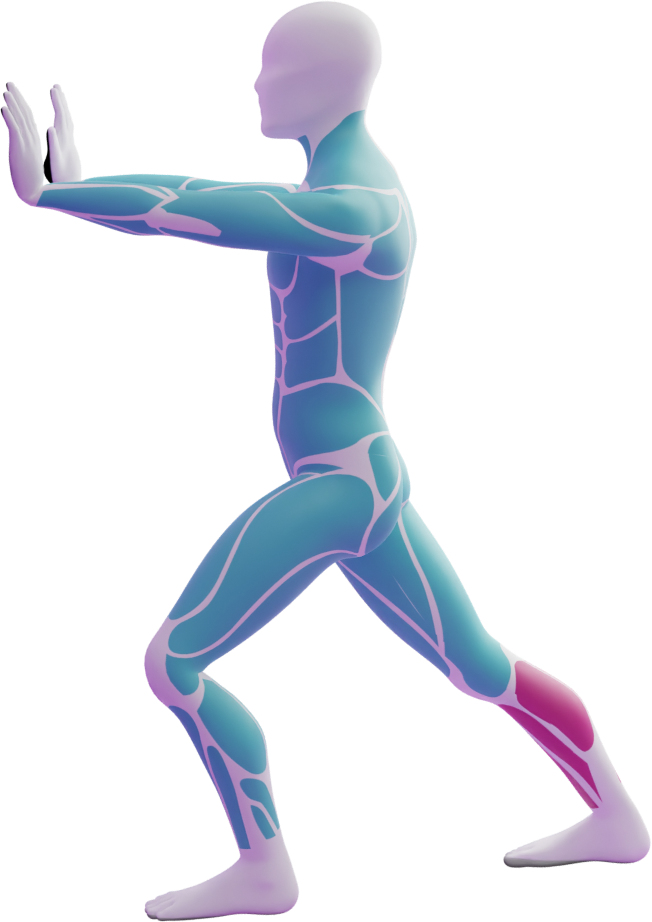
- Shin Relief: A common cause of ‘shin splints’ is built up tension around your front lower leg. This exercise looks to stretch those front muscles and provide some relief.
How to Perform:
(1) Sit back on your ankles with your posture tall, and hold.
(2) For an added stretch, place your hands either side of your knees and push them down to raise your knees off the ground. Hold.
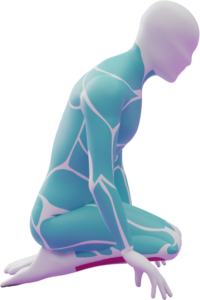
- Pointed-Toe Calf Stretch: Consider this exercise as an alternative to the Leaning Heel Calf Stretch, however with an added stretch to the hamstrings!
How to Perform:
(1) Rest your target leg on its heel and keep your other leg bent.
(2) With your hands rested on your bent leg, slowly move forward through your hips.
(3) Keep your target leg’s toes flexed towards your body and hold the position where a strong stretch is felt.
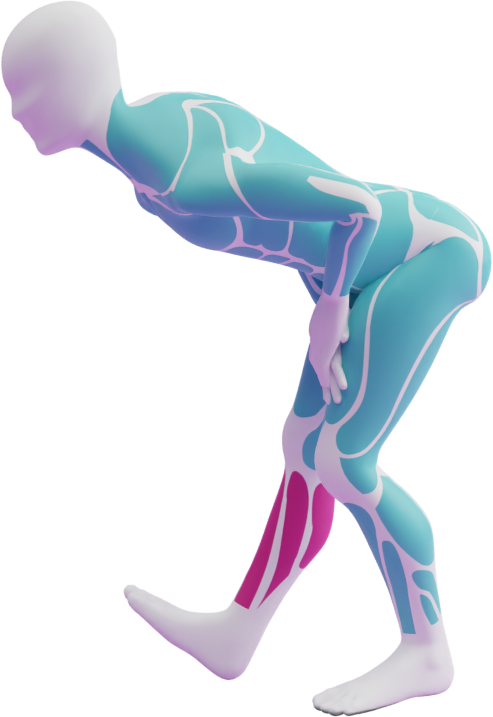
Other Approaches to Minimise Calf Discomfort
On top of stretching, there are other ways to ensure your calves’ health is optimised ahead and following athletic activity. These approaches are listed below:
- Hydration: Staying hydrated is a frictionless way to keep your muscles pliable, making them more responsive to lengthening exercises and growth simulants.
- Massage: Massage, whether it’s via a masseuse or foam rolling, immediately tackles the tightness built up in your calves. It also provides an opportunity for your mind and body to relax.
- Strength: Exercising your calves regularly will build up the muscles’ tolerance, providing a more preventive approach to discomfort.
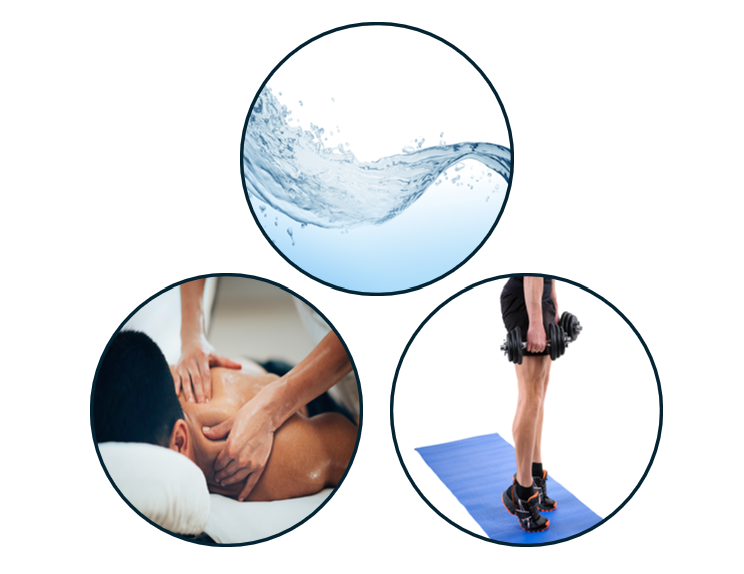
A Conclusion to Your Calves
The responsibility to constantly maintain posture and initiate propulsive activity will eventually take a toll on your calves – if you aren’t proactive and perform calf stretches! The exercises shouldn’t take more than 15 minutes and should be performed a couple times a week to maintain high length. To intensify the benefits of calf stretches, make sure you’re drinking plenty of water and massaging any deep areas of discomfort.
For calf mobility, strength, and endurance exercises, join the PhysioFrog community! Our exercises look to prepare and recover your muscles for athletic activity – focusing on muscle injury and muscle performance.
Thanks for reading,
Noah Soliman, Principal @ PhysioFrog
Get to grips with the physiology and mechanisms behind our warm-ups, and learn how their applications can maximise your on-field performances. Along with the physical benefits of muscle preparation, get an insight into its psychological benefits to truly understand your mind and body!
Get to grips with the physiology and mechanisms behind our warm-ups, and learn how their applications can maximise your on-field performances. Along with the physical benefits of muscle preparation, get an insight into its psychological benefits to truly understand your mind and body!
Suffering from calf tightness, shin splints, or other calf discomforts?
